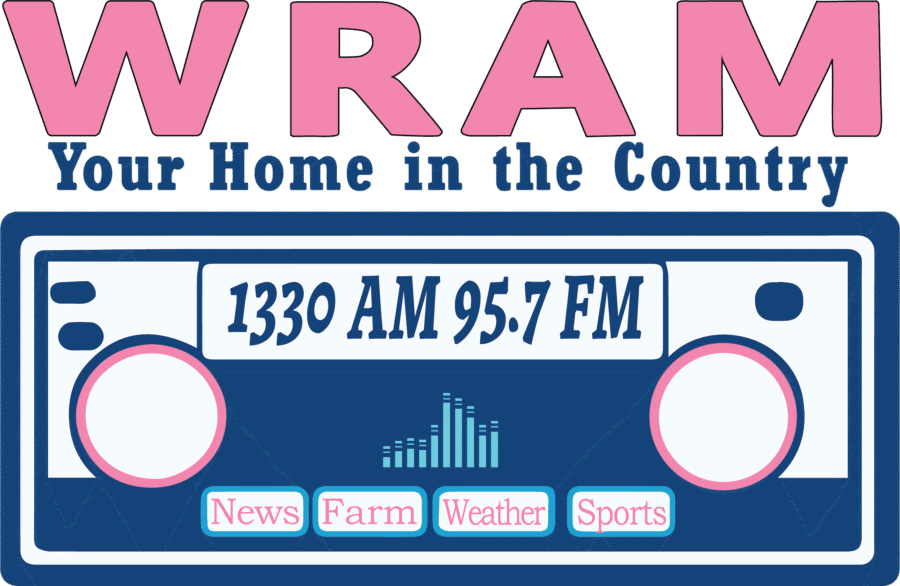Roses have been popular flowers for centuries and remain popular today. Their large, showy, often fragrant flowers grace many landscapes. Humans aren’t the only animals that find roses attractive, though. A variety of insects will feed on roses. While Japanese beetles often get much of the blame, they aren’t the only insects that will feed on the foliage of roses. Roseslugs can also frequently be found feeding on rose leaves.
What are roseslugs?
Roseslugs are caterpillar-like insects. Three different species can be found in Illinois: the European roseslug (Endelomyia aethiops), the curled roseslug (Allantus cinctus), and the bristly roseslug (Cladius difformis).
Despite their common name and appearance, they are not slugs or caterpillars but sawflies. Sawflies are related to bees, ants, and wasps (Hymenoptera) and are often considered pests because they feed on plants. Sawflies get their common name from their saw-like ovipositor (egg-laying structure) that they will use to cut slits into the stems or leaves of plants to lay their eggs.
Life cycle and damage
European roseslug larvae are light green with orange heads and will grow about ½ inch long. They feed on the upper surfaces of leaves as they feed on the upper leaf surface. When they are done feeding, they will leave the plant and pupate in the ground, where they will remain until the following spring (one generation per year).
Curled roseslugs are green with white spots and have yellow heads with a dark stripe down the middle. They will grow to be around ¾ inch long. In addition to their feeding damage, when they pupate, they will bore into twigs, particularly those that have been pruned, which can further damage plants. They will often curl up when resting, thus their common name. There are two generations per year.
Bristly roseslugs are green, with fine, hairlike spines, and grow to about ½ inch long. When small, they will feed on the undersides, causing them to have windowpane-like damage. As the larvae get larger, they eat the entire leaf except for large veins. There can be six or more generations per year, meaning they are capable of causing extensive damage, especially towards the end of the growing season.
Managing roseslugs
Because European and curled roseslugs are only present early in the growing season, management is usually unnecessary. However, because bristly roseslugs are present throughout the growing season, management may be necessary if populations become high.
Small infestations can be removed by hand, or a forceful spray of water can be used to knock off and kill small larvae. If you use water, spray both the leaves’ upper and undersides.
If populations become too high, insecticides can also be used to manage populations. Remember, despite looking like caterpillars, they are closely related to bees, ants, and wasps (Hymenoptera). So insecticides like Bacillus thuringiensis kurstaki (Btk), which only work on caterpillars (Lepidoptera), will not affect these insects. Insecticides containing horticultural oil, insecticidal soaps, acephate, bifenthrin, carbaryl, and cyfluthrin can be used to manage roseslugs.
If you decide to use pesticides, read and follow all label directions. While many roses have limited (if any) pollen and nectar available to pollinators, some single-flowered types may. Ensure you avoid getting insecticides on flowers; anything that will kill roseslugs will likely kill pollinators too.
Good Growing Fact of the Week: Sawflies differ from bees, ants, ants, and wasps in several ways. Sawflies have a broad “waist” (the area where the thorax and abdomen connect), while the others are narrow. Sawflies also have caterpillar-like larvae.
***Courtesy of Ken Johnson, University of Illinois Extension, Horticulture Educator***















